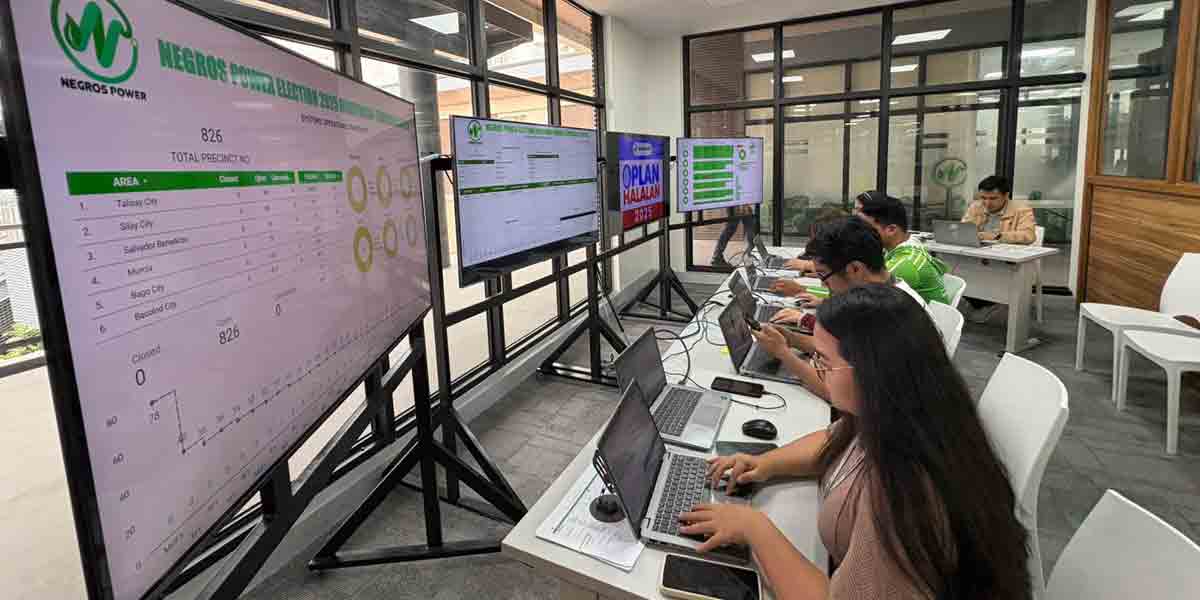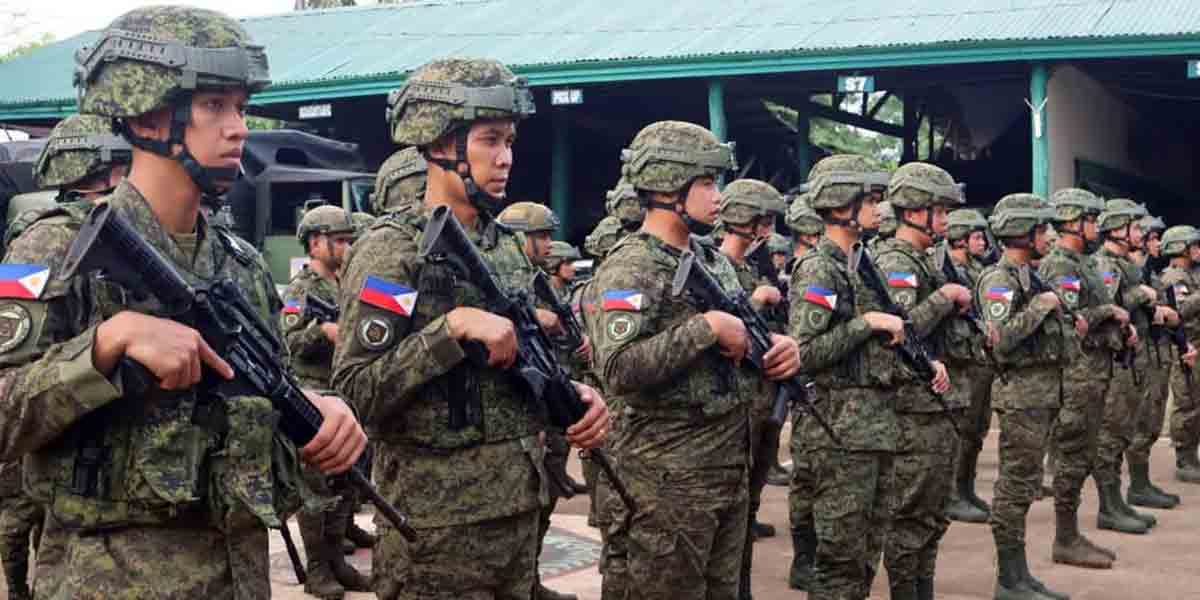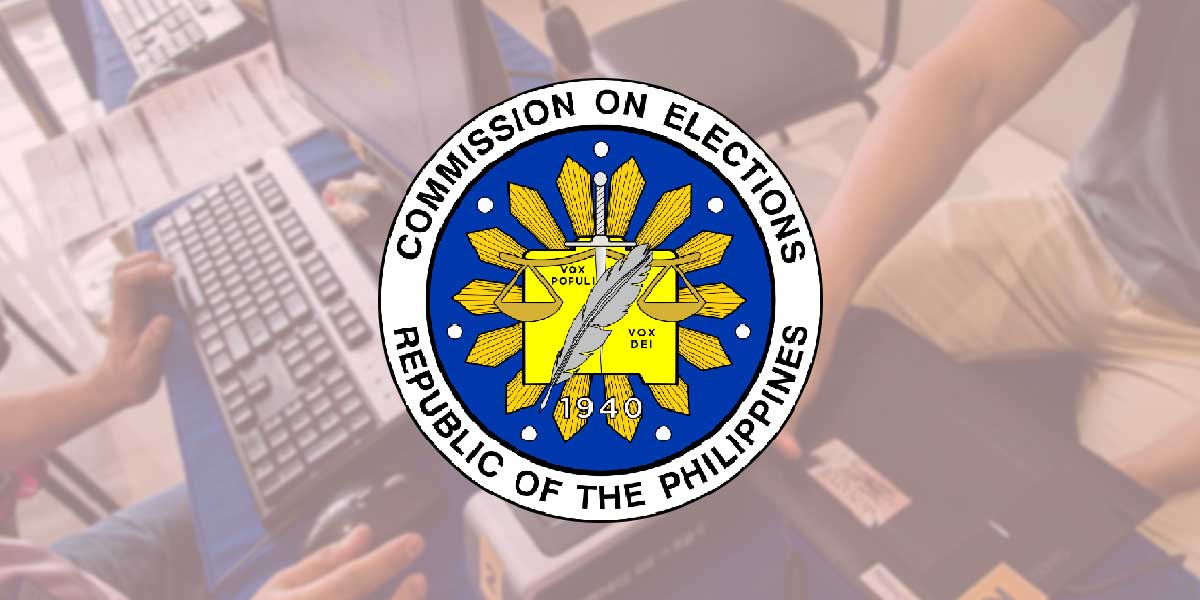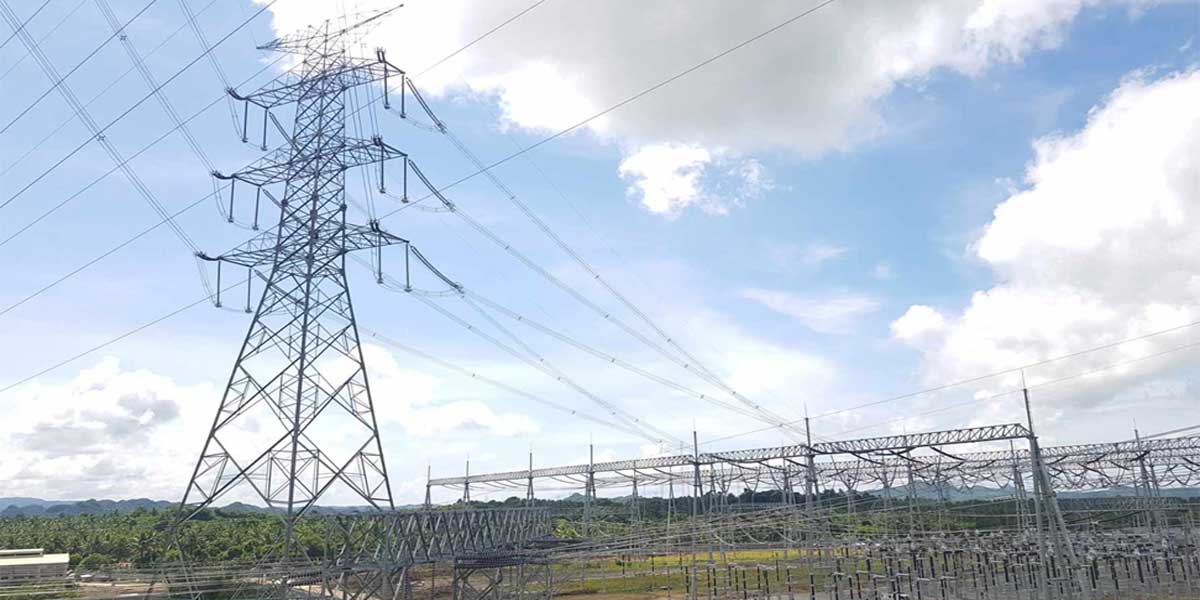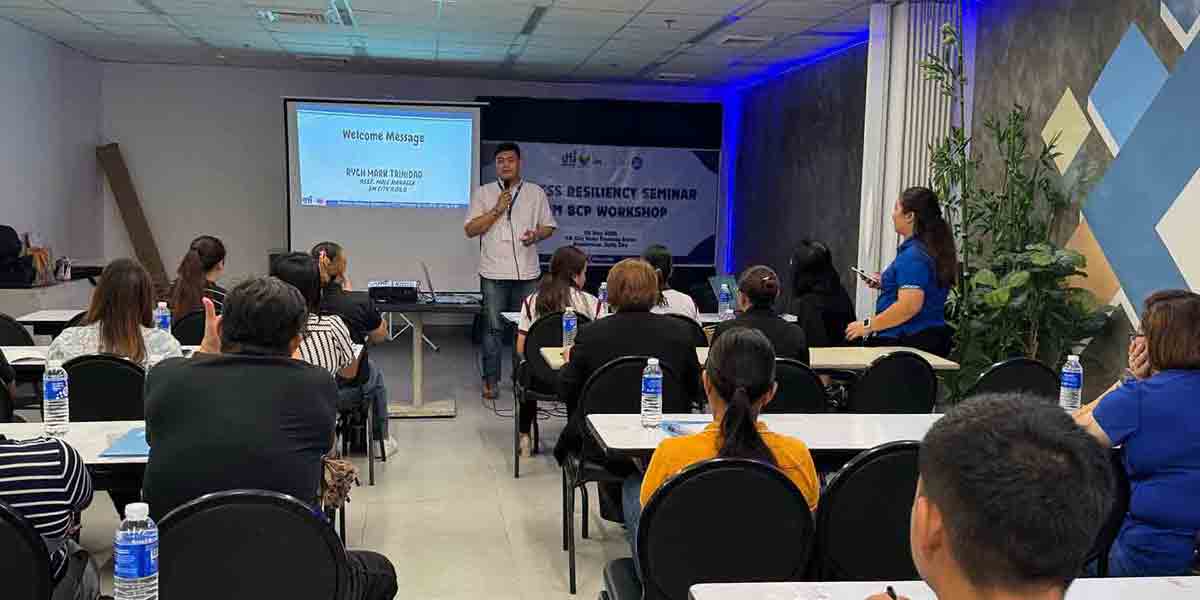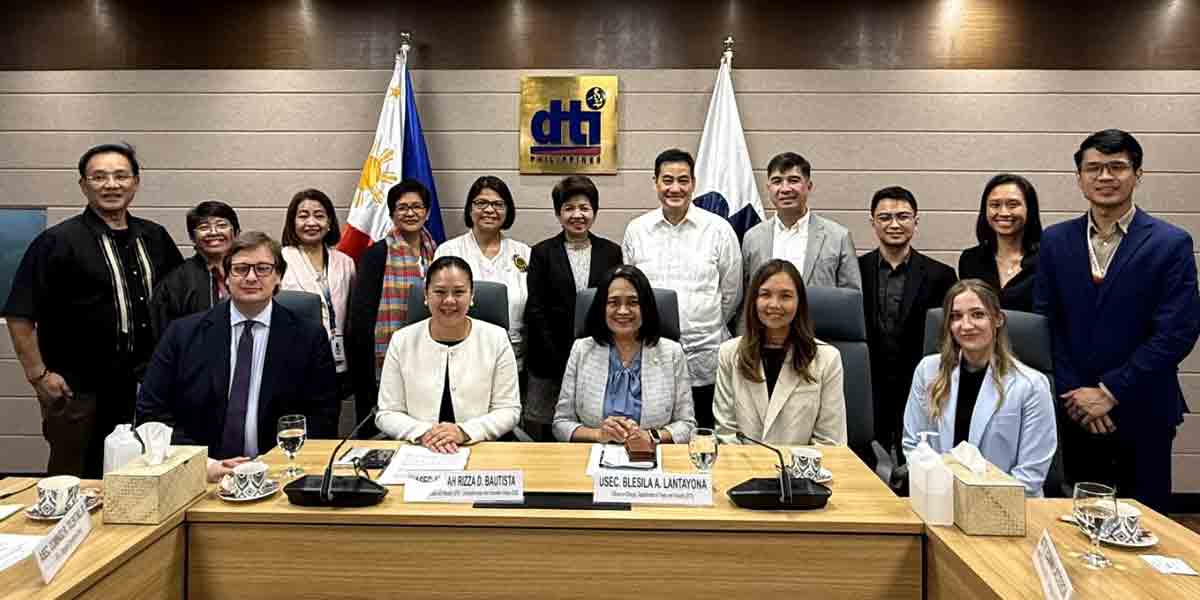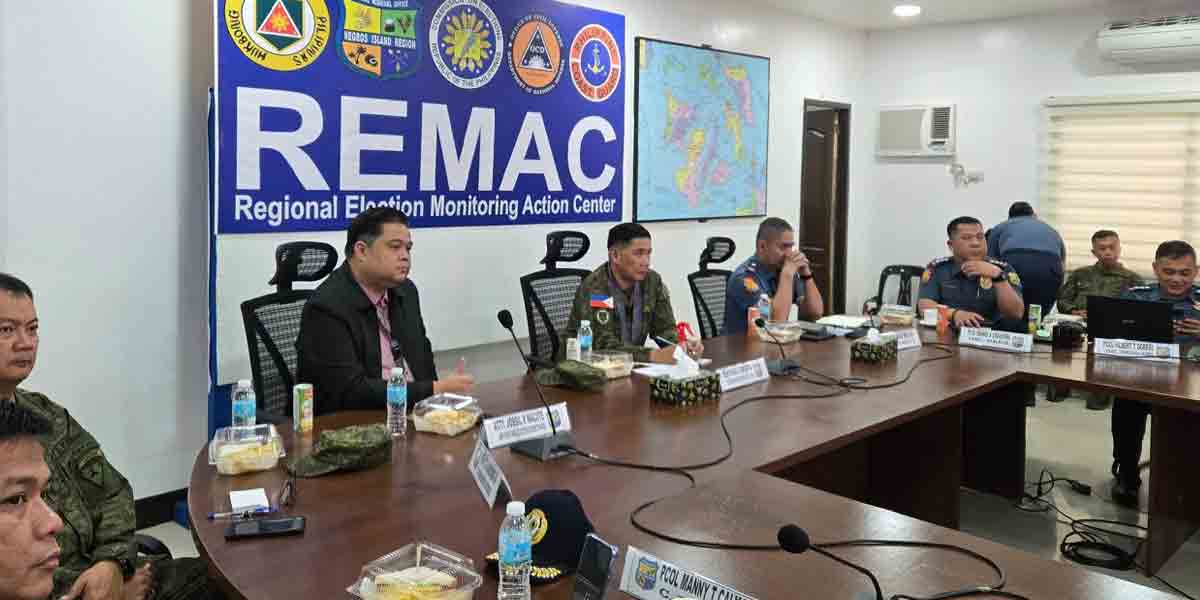By Francis Allan L. Angelo
The Global South narrative has become a defining aspect of Southeast Asia’s engagement in international discourse, shaping how nations within the region articulate their positions on key global issues.
This identity, while rooted in a shared history of post-colonial development and underdevelopment, is often employed strategically rather than ideologically, reflecting a pragmatic approach to international relations, according to latest research from ISEAS – Yusof Ishak Institute*.
Southeast Asian countries, such as Indonesia, Malaysia, and Vietnam, frequently invoke the rhetoric of the Global South in multilateral forums, emphasizing the need for a more “democratic and equitable international order.” This sentiment resonates with many developing nations’ historical grievances against colonialism and the perceived inequities of the current global system.
For instance, at the G77 and China summits, Southeast Asian representatives consistently stress the importance of sovereignty, political independence, and fair trade practices, advocating for reforms in global governance that would better represent developing countries.
However, the reality behind this rhetoric often diverges from ideological solidarity. National interests predominantly guide foreign policy decisions in Southeast Asia, leading to varied stances on international conflicts and issues.
The diverse responses to the Russia-Ukraine war illustrate this point. While Singapore imposed sanctions on Russia and supported UN General Assembly resolutions condemning the invasion, countries like Vietnam and Laos predominantly abstained, highlighting their nuanced approach that prioritizes national interests over collective Global South solidarity.
In economic terms, Southeast Asia’s success story is intricately linked to its integration into the global economy, with significant ties to both the Global North and South.
ASEAN countries have thrived by bridging different economic and political systems, benefiting from foreign direct investment and trade relationships with major economies such as China, the US, and the EU. The pragmatic approach underscores the region’s focus on economic pragmatism rather than strict adherence to South-South cooperation ideals.
China’s strategic use of the Global South discourse has been particularly effective in strengthening its influence in Southeast Asia.
By framing its development initiatives, such as the Belt and Road Initiative, within the context of South-South cooperation, China positions itself as a champion of developing countries’ interests. This aligns with China’s broader geopolitical goals of countering Western dominance and reshaping the international order in its favor.
For Southeast Asian nations, engaging with China through the lens of the Global South provides economic opportunities and aligns with their strategic interests, despite the underlying complexities of this relationship.
The United States, on the other hand, adopts a values-driven approach in its engagement with the Global South, emphasizing democracy, human rights, and climate action. This often contrasts with Southeast Asia’s pragmatic stance, which balances development needs with national interests.
Initiatives like the Quad Vaccine Partnership and the Partnership for Global Infrastructure and Investment reflect the US’s attempt to provide a viable alternative to China’s influence, yet the tangible outcomes remain limited compared to China’s extensive infrastructure investments.
In conclusion, while Southeast Asian nations align themselves with the Global South rhetoric to advocate for a more equitable international order, their foreign policies are primarily driven by pragmatic national interests. This balancing act highlights the region’s strategic use of identity and rhetoric to navigate the complexities of global politics, ensuring economic growth and stability amidst the evolving geopolitical landscape.
* ISEAS – Yusof Ishak Institute. “Southeast Asia and the Global South: Rhetoric and Reality,” Perspective, No. 45, June 2024.

